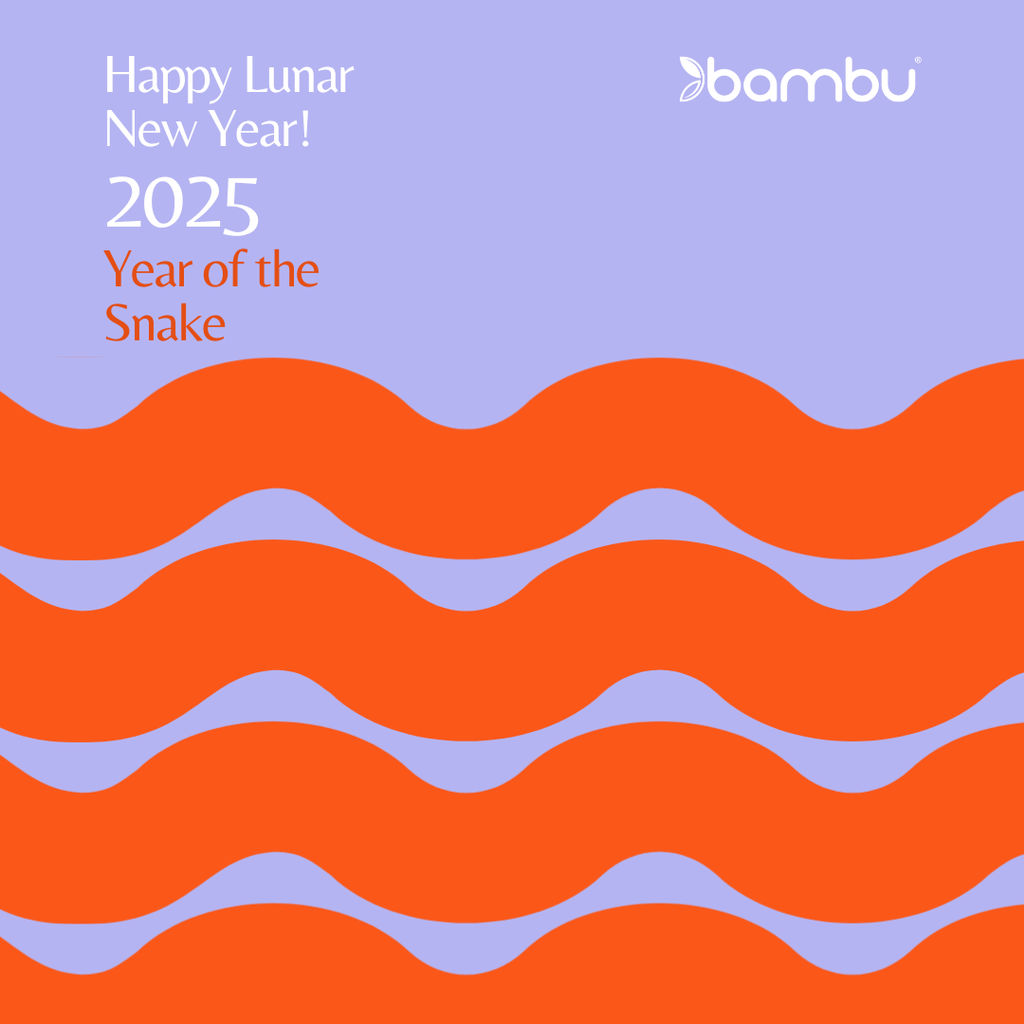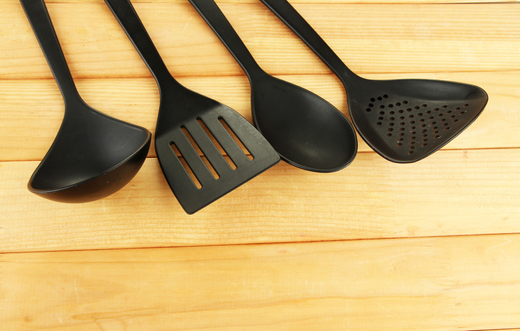
Here at bambu, we have been producing high density cork cutting boards since 2009. And we have earned a number of loyal customers who enjoy the benefits of cutting on our cork.
Some people look bewildered at the thought of a cork cutting board. And we say, Really, yes you can.
A bit of background first:
The image here is a good example of the cork oak tree. The cork is generally harvested every 10-12 years. The bark regenerates making it a truly renewable resource. Cork trees tend to live over 100 years. Below is a cross section of the cork bark granulated cork.



We are selling our small cork cutting board at REI. It's a great lightweight and eco-friendly cutting surface to throw in your pack.
We have sourced a high-density grain cork that withstands knife cutting. The cork is harvested from Northern China. This species of the oak tree that we source from is a smaller species than the cork commonly sourced from Portugal. The wall thickness of the cork 'bark' is thinner from the trees in China.

We produce bambu cork cutting boards in a variety of sizes. These have been designed using the high density cork grain construction and feature our soft taper edge design.
Check out our bambuShop for more information on our cork cutting boards here.
The benefits are numerous. But don't take our word for it. Hear it from some of our customers! We have accumulated a few of their comments below, including those made by two cooking teachers, one caterer, and one professional chef.
"Cutting surface shows no wear or marking"
"Love the quiet landing for my knives"
"Wonderfully lightweight"
"It has resisted staining from roasted beets to wild raspberries"
"I love to use it as a cheese board. Cheese stays put and doesn't fly off"
"Stable on the counter--doesn't move or slip"
"Cheese stay[s] on this board"

And next time you open a bottle of wine (assuming it is one that comes with a cork stopper), check the cork. You can see if it is made from particle cork or from a single piece of the bark that has been burrowed out. (And in some cases, we have seen the use of both in a single cork!)




